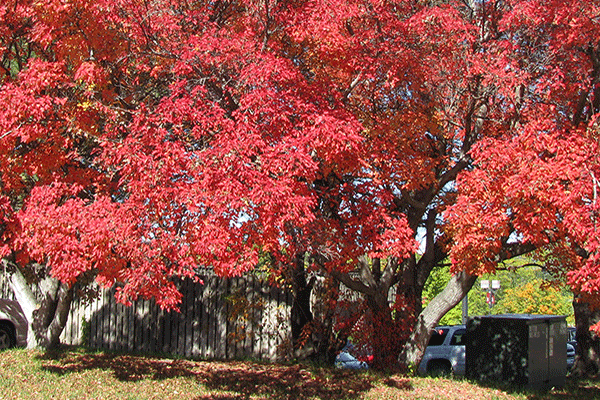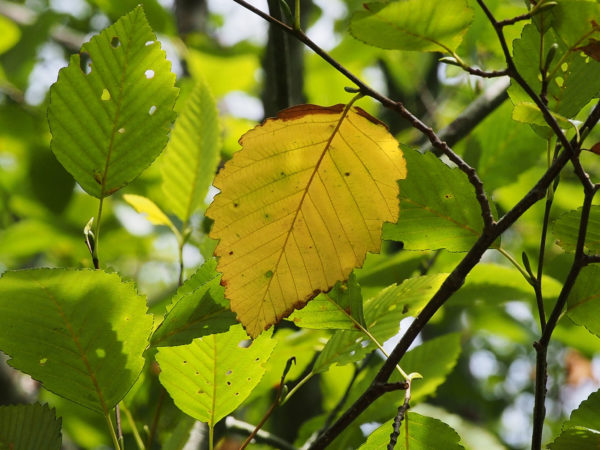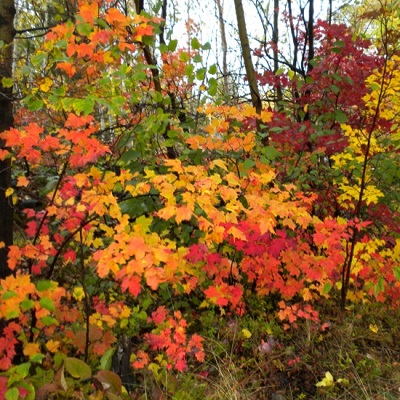Abscission Layer Causes Sugar To Accumulate In Leaves
A single abscission zone occurs in dicot leaves. Fall leaf abscission is thought to be caused by a reduction of chlorophyll due to shortened hours of sunlight.
 Changes In The Slpin1 Phosphorylation Levels And Protein
Changes In The Slpin1 Phosphorylation Levels And ProteinThe zone connective layer begins to harden and blocks the transport of nutrients between the tree and leaf.

Abscission layer causes sugar to accumulate in leaves. The abscission zone form across the base of the plant part where the break eventually occurs. Once the abscission zone has been blocked a tear line forms and the leaf is blown away or falls off. In palms the lamina is abscised by the first abscission zone.
Their normal formation in autumn appears to be in part at least due to the shortening of the day. Abscission layers may form when leaves are seriously damaged by insects disease or drought. Similarly auxin concentration in the blade is higher than that of the petiole while in the old leaves nearing abscission the leaves had hormone level equal to that of petiole.
The second is the protective layer which is formed by the deposition of fatty material within and between the cells on the stem side of the separation layer. And sugar accumulate in leaves. Their normal formation in autumn appears to be in part at least due to the shortening of the day.
These characteristics render the separation layer weak and the weight of the leaf often helped by a breeze or rain causes it to fall from the stem. This has led several workers to propose auxin gradient theory to explain abscission. A protective layer seals the wound preventing water from evaporating and bugs getting in.
Abscission zone is designed and pre positioned to facilitate shedding. Abscission layer is the layer of cutinized parenchyma cells that develops in the abscission zone. The second abscission zone abscises the leaf base.
During the photosyntesis chlorophyll using sunlight produces sugar and storches which are used as food by plant. A fruit and monocot leaf may have more than one abscission zone.
 Plant Senescence And Organ Abscission Sciencedirect
Plant Senescence And Organ Abscission Sciencedirect Plant Water Stress Response Mechanisms Springerlink
Plant Water Stress Response Mechanisms Springerlink Fall Tree Color Variation Harvey County
Fall Tree Color Variation Harvey County Ethylene
Ethylene When The Leaf Falls Nature S Depths
When The Leaf Falls Nature S Depths Senescence And Programmed Cell Death Springerlink
Senescence And Programmed Cell Death Springerlink Plants Free Full Text Early Autumn Senescence In Red Maple
Plants Free Full Text Early Autumn Senescence In Red Maple